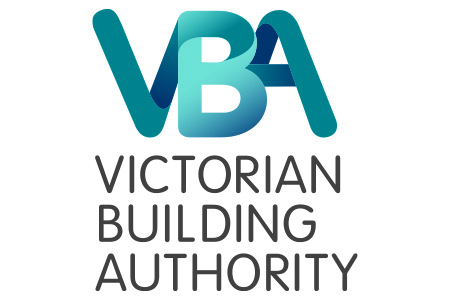Proactive inspections successfully identify risks

Analysis of quarter two data from the VBA’s Proactive Inspection Program’s (PIP), collected from October to December 2021, showed that non-compliant building and plumbing issues had increased by seven per cent on the previous quarter.
This outcome was influenced by a shift in criteria targeting inspections of practitioners and sites of interest, so as to assess more sites that have progressed beyond early stage work.
A compliance risk is any non-compliant item observed in a building under construction which has the potential to cause an adverse effect on safety or financial loss for future occupants or loss of structural integrity.
More than 2500 proactive inspections of building and plumbing work were undertaken in the final three months of last year.
The VBA’s State Building Surveyor Andrew Cialini said that the more targeted approach to PIP meant the regulator was able to more effectively identify risks.
"As Victoria’s building regulator, our starting point is that individuals want to do the right thing," Mr Cialini said.
"That’s why we are building a risk-based regulatory model that will encourage and incentivise good behaviour, while discouraging poor performance that ultimately impacts consumers.”
Overall, from October to December 2021 the VBA conducted 2584 inspections, comprising of 1550 building and 1034 plumbing inspections across the state.
Proactive site inspections were conducted in more than 56 municipalities, including the local government areas of Greater Geelong, Hume, Whittlesea and Wyndham.
Timber framing, wet areas and external waterproofing and steel framing were the top non-compliant issues found by the VBA in domestic building work.
In commercial building work, damp and weatherproofing, fire resistance and fire safety provisions were the biggest compliance issues.
Roof drainage, gas installation, cold water services, sanitary plumbing systems and cold-water services were the key compliance risks highlighted in domestic and commercial plumbing.
The builder and relevant building surveyor are notified when compliance risks are identified and they are required to respond.
Read the full Proactive Inspection Program Q2 report.
